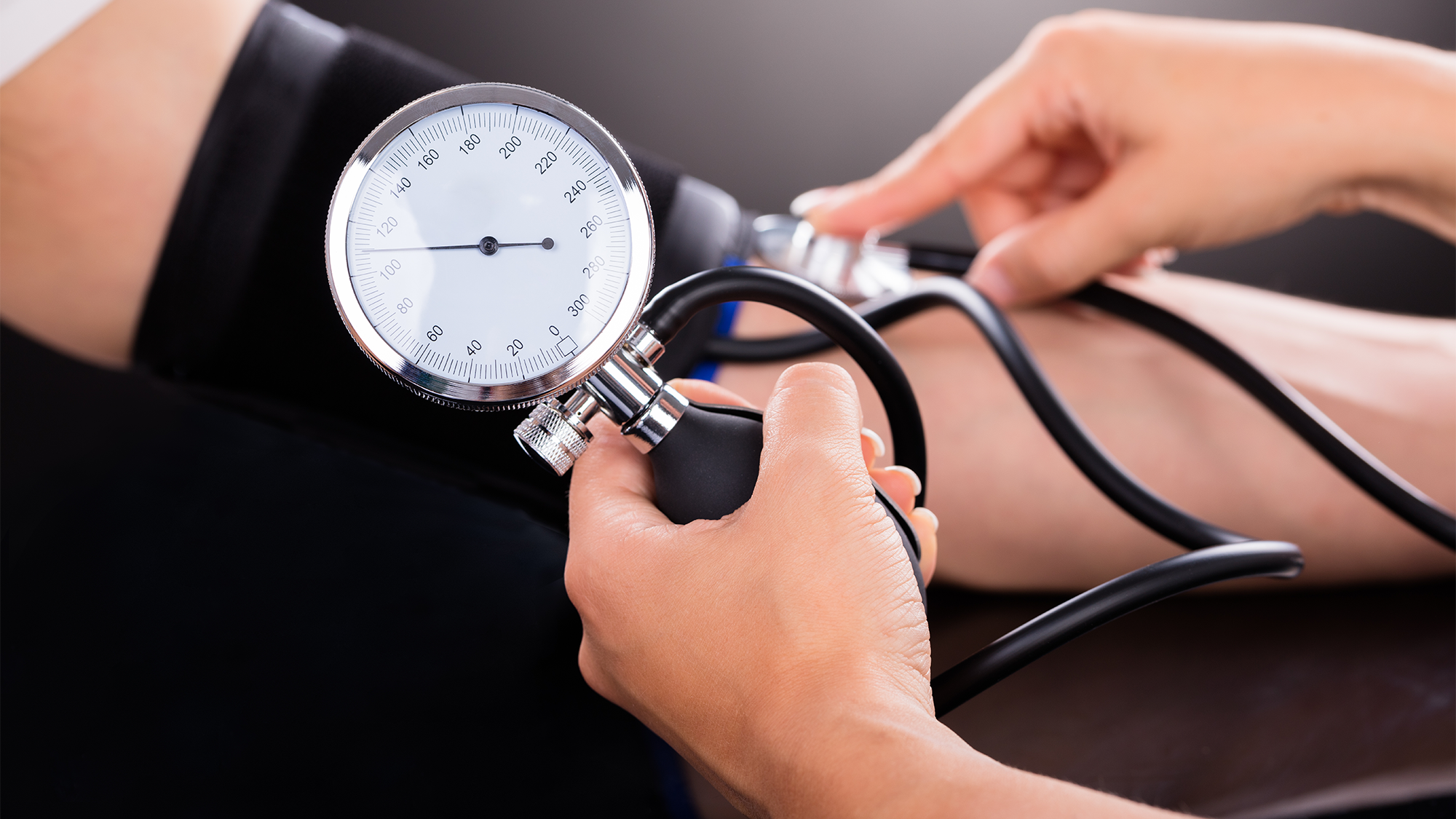Blood
Treating high blood pressure can save 76 million lives in 30 years, WHO says
Adequately treating high blood pressure, or hypertension, would save 76 million lives between this year and 2050, according to a new report from the World Health Organization (WHO). About 1 in 3 adults around the world have this condition, which can lead to stroke, heart attack and failure, kidney damage, and other health problems. And the majority of those with hypertension—about 4 out of every 5 people—are not treated through timely diagnosis, lifestyle changes, medication, or a combination of all three, according to the first-of-its-kind report.
[Related: Why scientists are still on the quest to build an artificial heart.]
Although low-cost medications such as amlodipine or losartan can control high blood pressure, it’s still responsible for roughly 10 million deaths per year. “Hypertension control programs remain neglected, under-prioritized, and vastly underfunded,” WHO director-general Tedros Adhanom Ghebreyesus, said in a news release accompanying the report. This report, released during the 78th Session of the United Nations General Assembly, is WHO’s first on the global impact of high blood pressure.
“Strengthening hypertension control must be part of every country’s journey towards universal health coverage, based on well-functioning, equitable and resilient health systems, built on a foundation of primary health care,” Ghebreyesus added.
More than half of those with hypertension, defined as a blood pressure of 140/90 mmHg, don’t know they have it. During a standard check-up in a doctor’s office, a blood pressure test measures the pressure in a patient’s arteries when their heart beats (which is the first number in a reading) and when the heart rests (the second number.) Increasing access to healthcare could help increase diagnosis and get effective treatments to those in need. Medication can help lower high blood pressure; those taking drugs prescribed for hypertension doubled between 1990 and 2019.
“Treating hypertension through primary health care will save lives, while also saving billions of dollars a year,” said Michael R. Bloomberg, a WHO ambassador and former New York City mayor, in a statement. In addition to proper screening, preventative measures include eating a balanced diet, avoiding alcohol and tobacco, regular exercise, and weight management.
Governments also have a critical role in keeping their citizens healthy and blood pressures normal. According to WHO’s report, South Korea and Canada have delivered comprehensive national hypertension treatment programs with positive results. Both nations have surpassed the 50 percent mark for controlling blood pressure in adults with hypertension. Additionally, more than 40 low- and middle-income countries have used WHO’s HEART’S package to strengthen their nations’ hypertension and cardiovascular care. Through the program, which does what in a phrase, more than 17 million people in countries including Bangladesh, Cuba, India, and Sri Lanka, have been enrolled in hypertension treatment programs.
[Related: Reducing sodium in packaged foods could reduce disease and save lives.]
One focus of programs to avoid high blood pressure is to reduce daily sodium intake. “Most heart attacks and strokes in the world today can be prevented with affordable, safe, accessible medicines and other interventions, such as sodium reduction,” Bloomberg added.
The daily recommended amount of sodium varies between countries, but WHO recommends less than 2,000 milligrams a day. However, the organization estimates that the global average is more than twice that amount. In the United States, the Centers for Disease Control and Prevention (CDC) recommends an intake of less than 2,300 mg of sodium a day. Americans consume over 3,400 mg of sodium daily on average, and hypertension affects roughly about 32 percent of Americans ages 30 to 79.
“It’s great to see the WHO taking this issue head-on. Heart disease and stroke are the leading causes of death worldwide and hypertension is a major driver of those deaths,” says primary care physician Nate Favini, the chief medical officer of Forward, a preventative healthcare startup uses a doctor-led 12 week program and at-home biometric monitoring to help patients manage their blood pressure.

